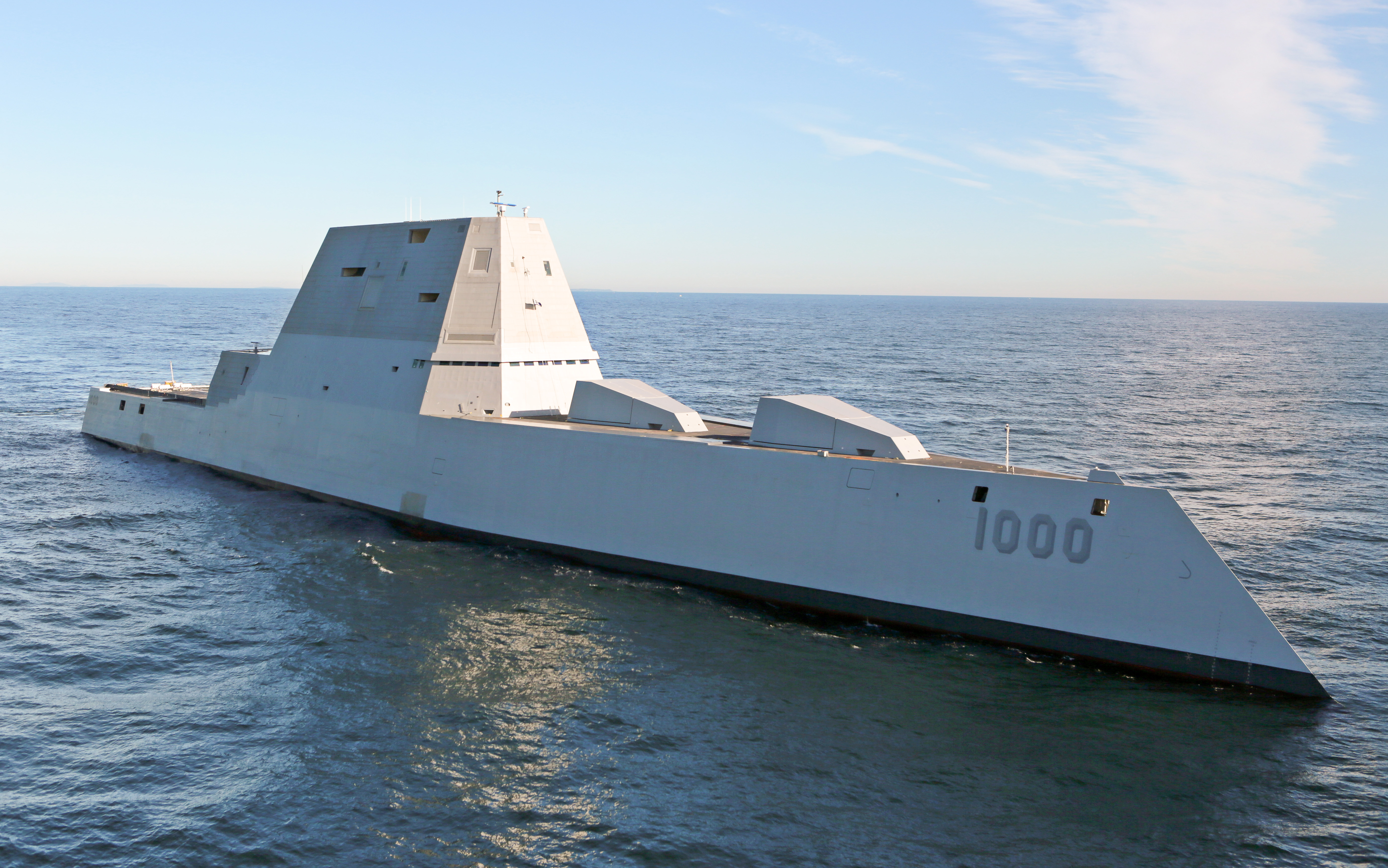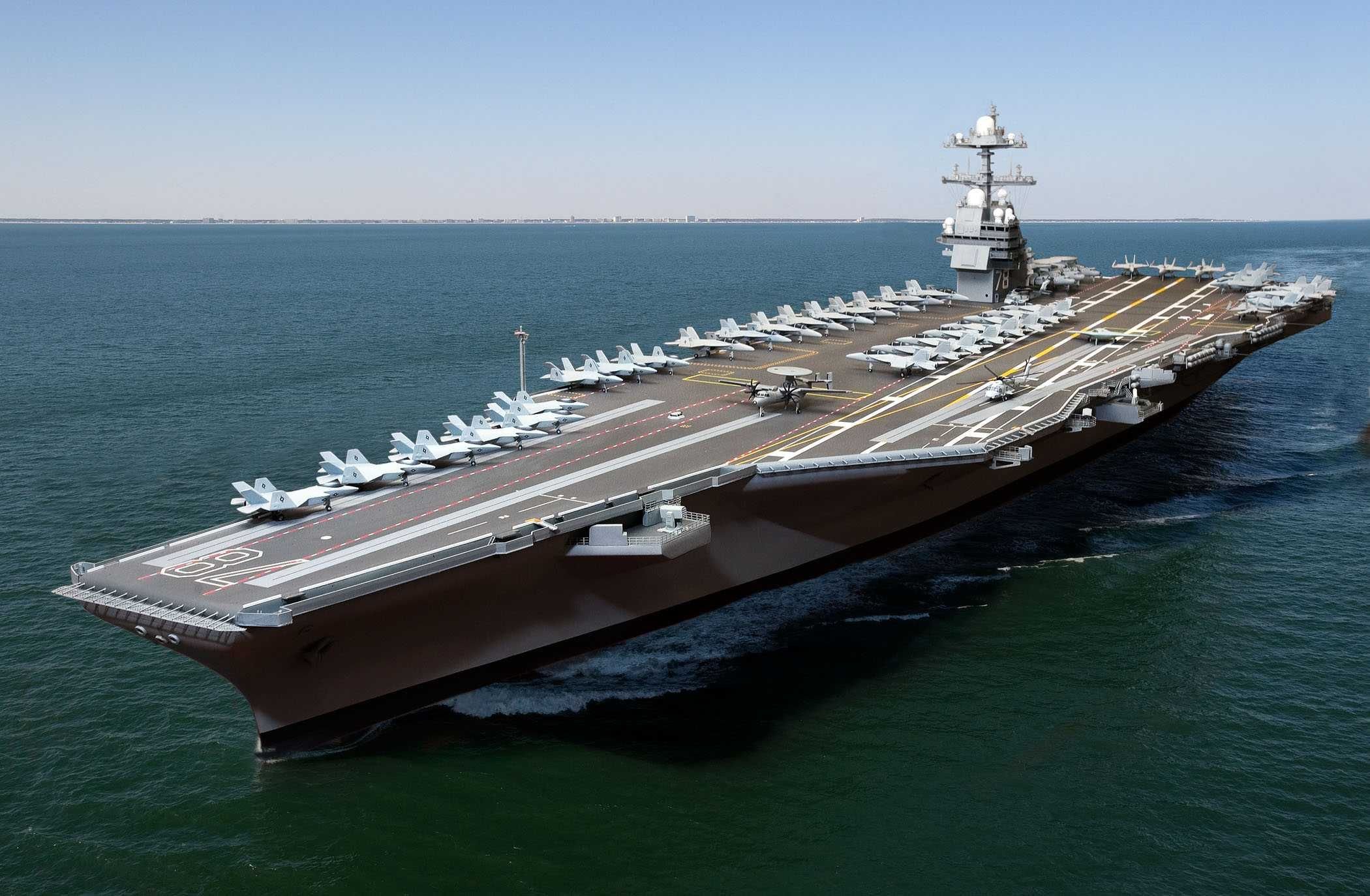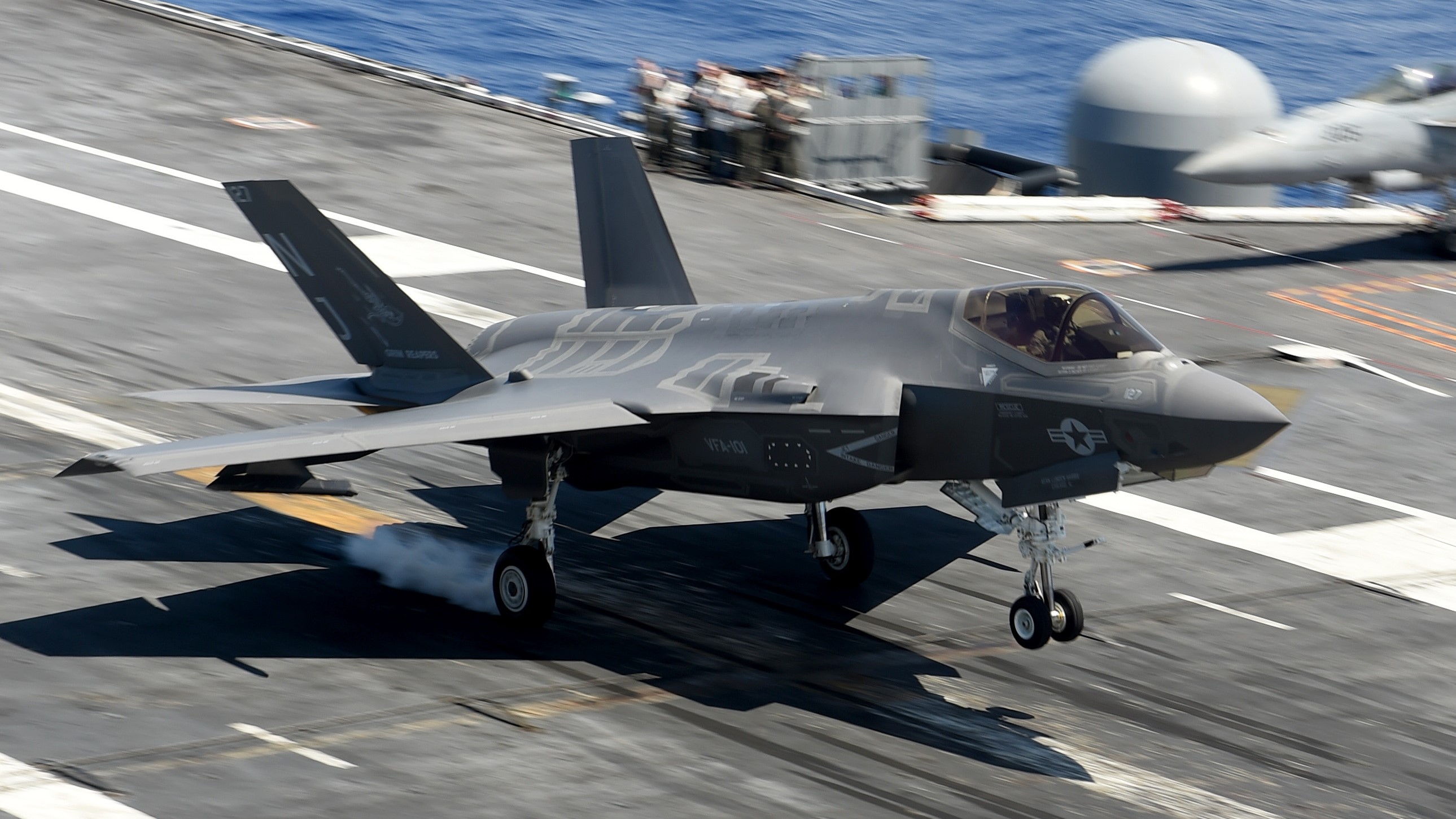The US is trying to gain an edge over adversary nations like Russia and China by acquiring advanced maritime warfare abilities. The Pentagon’s intention to win this great power competition was released in a recent report titled ‘Navy Aviation Vision 2030-2035’.
This development comes at a time when concerns regarding the US Navy losing out in terms of both quantity and quality have been raised.
China Zooming Ahead At Breakneck Speed?
China is building at least 20 warships a year in 17 shipyards and is expanding its naval fleet at a rate the United States is not matching and does not yet have the financial resources to compete with, Secretary of the Navy Carlos Del Toro said on Thursday.
“China has 17 shipyards: Last year they built 20 warships [and] this year they’re building another 20 ships,” Del Toro told the Aspen Security Forum 2021. “I’m concerned we need to build more ships. …We need to increase resources by 3% to 5% over inflation. We’re raising the alarm [to Congress].”
Del Toro expressed confidence that Congress was in the process of recognizing the challenge that China’s maritime expansion posed to the United States and that it would approve increased appropriations, including the building of more destroyers and adapting the current Zumwalt class warships to carry hypersonic weapons.
“I’m quite confident we will be seeing multi-year procurements in support of us building DDGs [destroyers] in the future. … Major investments we are making on hypersonic missile tubes on the Zumwalt class of ships… represents a formidable deterrent to China,” he said.
China was now the most significant pacing threat facing the US Navy and was, therefore “the number one threat that we have to pay attention to,” Del Toro, who took office in August, told the forum.
American Naval Assets
The US Navy is in possession of a vast surface fleet that it has constantly tried to upgrade via revolutionary designs and technologies. However, partly due to these efforts directed at stringing together several new-fashioned and untested tech for ships, the Navy fell behind. This has been noticed over the years.
For instance, the Littoral Combat Ship (LCS) was meant to provide the USN with the ability to fight close to hostile coasts. However, the LCS was plagued by issues. Not only does it have several defensive weak points, but it also lacks firepower and faces regular mechanical breakdowns.

The systems put in place to counter mines and submarines have not become operational. Besides, there are issues with the destroyer’s propulsion system, and the gun on this ship is practically inoperative due to costly ammo.
Not just the ammo, the LCS also costs a ton. Its price doubled during construction, which resulted in the downsizing of the original class size of 52 to 35. The Navy is finally retiring these ships after just a little over a decade of service.
Then there is the Zumwalt-class stealth destroyer. Of 32 ships of this class originally set to be built, only 3 will materialize. By some estimates, the Zumwalt might be priced at $7 billion apiece.
This is a higher price when compared to the Nimitz-class aircraft carriers that the Zumwalt may be expected to escort. The ship is equipped with a railgun, which serves as its main armament. Its efficacy in a maritime conflict with foes like China was also questionable and in mid-2021; the railgun was practically canceled.

The Ford-class is not spared from this string of issues either. The design is integrated with propulsion, a new aircraft arresting system, and a primary radar, along with advanced weapons elevators and a catapult. Every piece of new technology has faced a horde of problems, exceeding costs, and delays.
There are photos of rusty USN ships that have been making the rounds online. These visuals highlight the delays that warships’ maintenance is going through. These troubles have cost the navy billions of dollars. Their timing is also rather unfortunate.
These issues are arising at a time when tensions are growing in the South China Sea on one hand and the Russian navy is flexing its muscles on the other.

The situation is also tense in the Middle East region where Iranian speedboats are hindering vessels in the Persian Gulf.
Over the past two decades, the US Government Accountability Office (GAO) has released close to 40 testimonies or reports on problematic ship types. The multiple failures have left the Navy unprepared at a really crucial time characterized by high tensions.
China Racing Ahead
While USN is reeling with these issues, China has raced ahead. The communist country is already in possession of two aircraft carriers. A third is under construction. This upcoming carrier, Type 003, is speculated to be the country’s first modern flattop. It is likely to integrate catapults and other improvements.
Overall, this will enable the People’s Liberation Army Navy (PLAN) to employ a more diverse air wing, making it a much more disquieting combat asset compared to its predecessors.
The EurAsian Times had previously reported how China might unveil a fifth-generation carrier-based stealth fighter before the end of this year. If materialized, this will be an add-on to the country’s already formidable navy.

Plus, China is also seen as a threat in the maritime warfare zone because it has the world’s largest fleet with approximately 360 battle force ships. In comparison, the US has 297. Whatever advantage the US had in terms of its quality gap with China in this regard is also slowly fading away.
The US Navy has already warned in its report that by the early 2030s, they will have to face a much bigger Chinese carrier force and larger numbers of more capable Chinese aviation assets. In light of such developments, the report mentioned earlier highlights a way forward.
Defense Strategy For 2030-35
The National Defense Strategy (NDS) mentioned in the Navy Aviation Vision report has called for a “lethal, agile, resilient, and rapidly deployable force” that will be designed to compete against and win over all potential contenders, while also serving the purpose of deterrence.
There is a strong emphasis on bettering current capabilities. One of the stated objectives is to bring “new and advanced platforms on line” and augment present warfighting proficiency with enhanced tactics and processes for fights.
The report focuses extensively on nuclear-powered aircraft carriers and their carrier air wings that play a central role in USN’s Carrier Strike Groups (CSGs). The plan for the 2030s seems to be to incorporate a mix of F/A-18E/F Block III Super Hornet, F-35C Lightning II, and next-generation strike fighter (F/A-XX).

In this setup, the Super Hornets will serve as the backbone of the carrier air wing through 2035. The presence of these low-signature aircraft, with their Infrared Search and Track (IRST) Block II and increased computing, coupled with the abilities added on by the F-35C and E-2D, is expected to make the entire CSG “more lethal and survivable”.
According to official records, a specially made Future Readiness Team (FRT) is set to ask for and validate funding for readiness and cost reduction initiatives. These initiatives will be expected to use innovative thinking and provide systemic enterprise-wide solutions.
This effort has received over $870M in funding and identified 51 projects. It is projected to provide lifetime savings of $2.9B. To date, savings have outpaced projections.
- Written by Shreya Mundhra/EurAsian Times Desk
- Contact the author at: shreyya.mundhra@gmail.com
- Follow EurAsian Times on Google News




